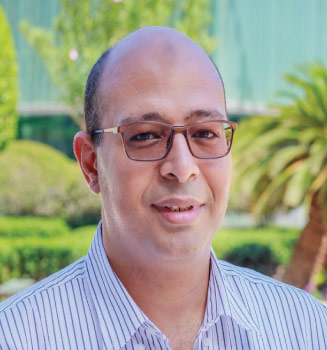Computer Science
Viruses as communication molecules
Electrical and computer engineers take on complex modeling questions that can further our understanding of virus spread in small spaces.
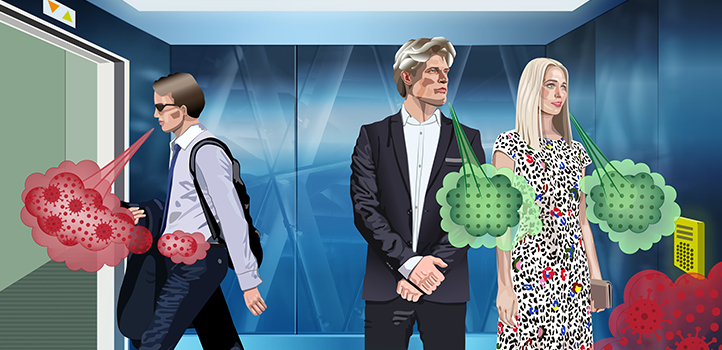
How long do virus-laden particles persist in an elevator after a person infected with COVID-19 leaves? And is there a way to detect those particles? A group of electrical engineers and computer scientists at KAUST set out to answer these questions using mathematical fluid dynamics equations.
“We found1 that virus-laden particles can still be detected several minutes after a short elevator trip by an infected person,” says KAUST electrical engineer Osama Amin.
The team’s equations and breath simulations suggest that a biosensor’s ability to detect a virus improves when placed on an elevator wall that can reflect particles. Also, to protect future occupants, the amount of particles in the air can be reduced by making the other three walls absorptive.
Amin and his colleagues at KAUST have been working on developing a nontraditional communication concept called “communication via breath.” The concept2 models chemical and biological molecules emitted in exhaled breath as if they are information carriers in a communication system that can be detected on the other end by a “receiver,” in this case a biosensor.
“This kind of study requires input from researchers with varied expertise in theoretical channel modeling, system design and integration, and machine learning schemes,” says Amin.
In their previous work, they used equations to understand how exhaled molecules disperse in open spaces3. They also proposed4 a sensing system that can detect molecules exhaled from people’s breath at mass gatherings.
In their current work, they developed a model and simulations that describe what happens to molecules exhaled in breath within a closed room over space and time. Their modeling took into consideration the abilities of walls to absorb or reflect particles. Once their models were able to describe, solve and simulate virus-laden particle concentration in a small room over space and time, the researchers worked on calculating the probability of a biosensor being able to detect those particles.
The calculations assumed the deployment of a biosensor that uses antibodies to bind to a specific virus and initiate a signal. They also accounted for parameters such as aerosol sampling time and volume, sampling efficiency and the probability of the antibodies binding to a virus.
“Our study provides vital mathematical and simulation gears for our leading research on communication via breath, which we hope will be used for more analyses and system designs,” says KAUST computer scientist Basem Shihada.
The team is now developing an aerosol sampling and detection prototype for organic chemicals exhaled in breath. “We also plan on proposing mechanisms that reduce the probability of infection in small spaces, including ventilation mechanisms, periodical air sanitization and the design of absorptive and reflective walls,” says Shihada.
References
- Amin, O., Dahrouj, H., Almayouf, N., Al-Naffouri, T. Y., Shihada, B. & Alouini, M-S. Viral aerosol concentration characterization and detection in bounded environments. IEEE Transactions on Molecular, Biological and Multi-Scale Communications (2021).| article
- Khalid, M., Amin, O., Ahmed, S., Shihada, B. & Alouini, M.–S. Communication through breath: Aerosol transmission. IEEE Communications Magazine 57, 33-39 (2019).| article
- Khalid, M., Amin, O., Ahmed, S., Shihada, B. & Alouini, M.–S. Modeling of viral aerosol transmission and detection. IEEE Transactions on Communications 68, 4859–4873 (2020).| article
- Amin, O., Shihada, B. & Alouini, M.–S. Airborne organic matter detection system and method. WO PATENT 65427 (2020).| patent
You might also like

Computer Science
Green quantum computing takes to the skies

Computer Science
Probing the internet’s hidden middleboxes

Bioscience
AI speeds up human embryo model research
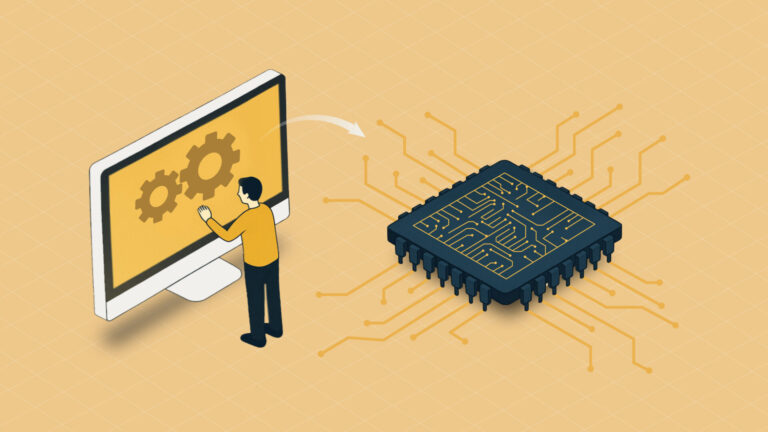
Computer Science
Improving chip design on every level

Computer Science
Sweat-sniffing sensor could make workouts smarter
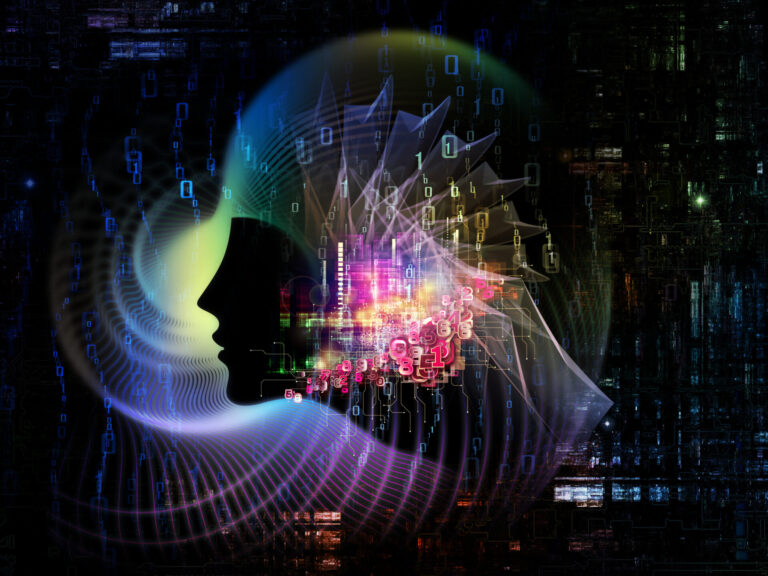
Computer Science
A blindfold approach improves machine learning privacy
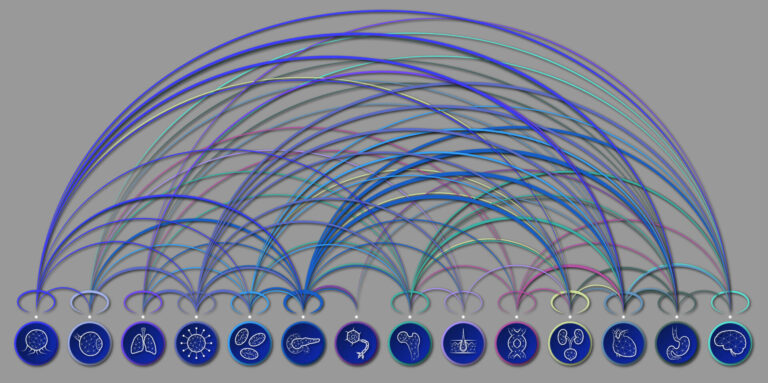
Computer Science
AI tool maps hidden links between diseases

Bioscience




